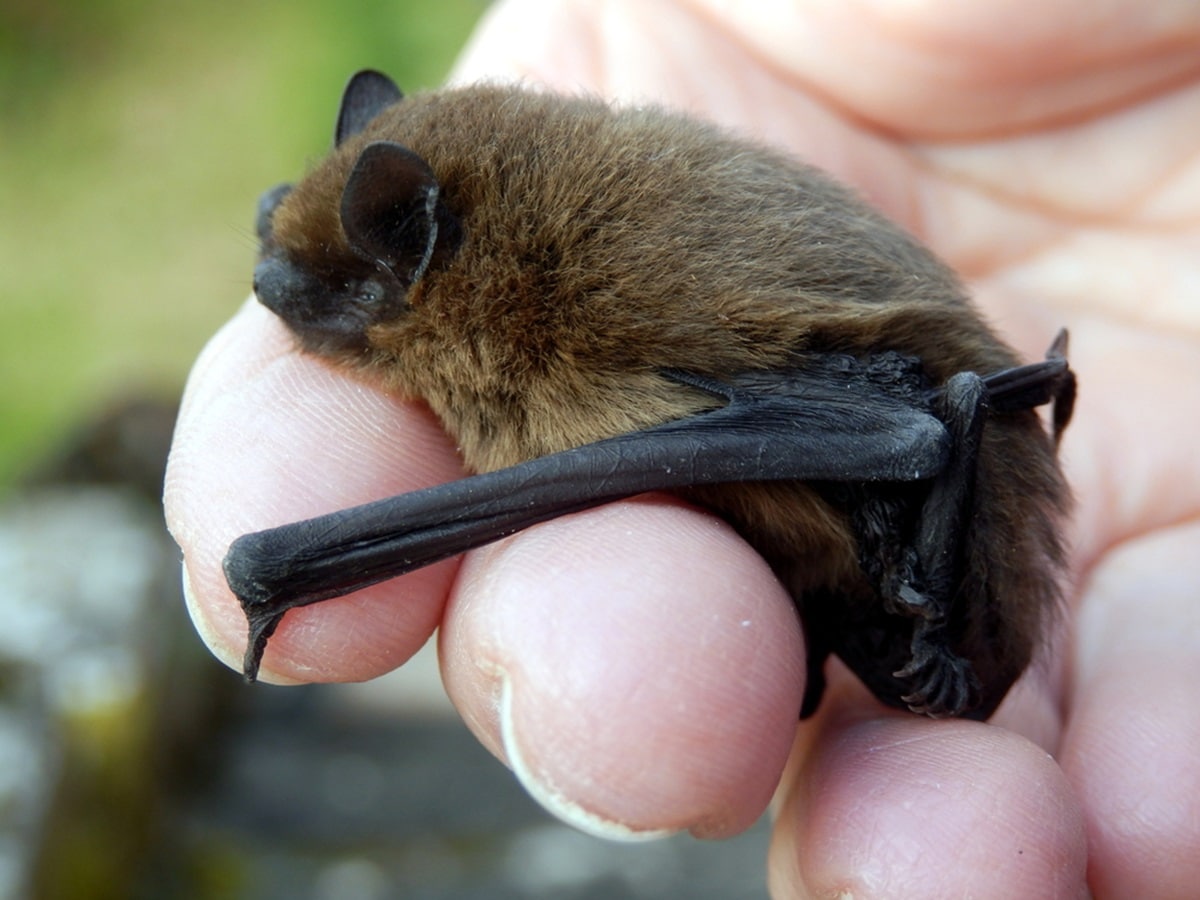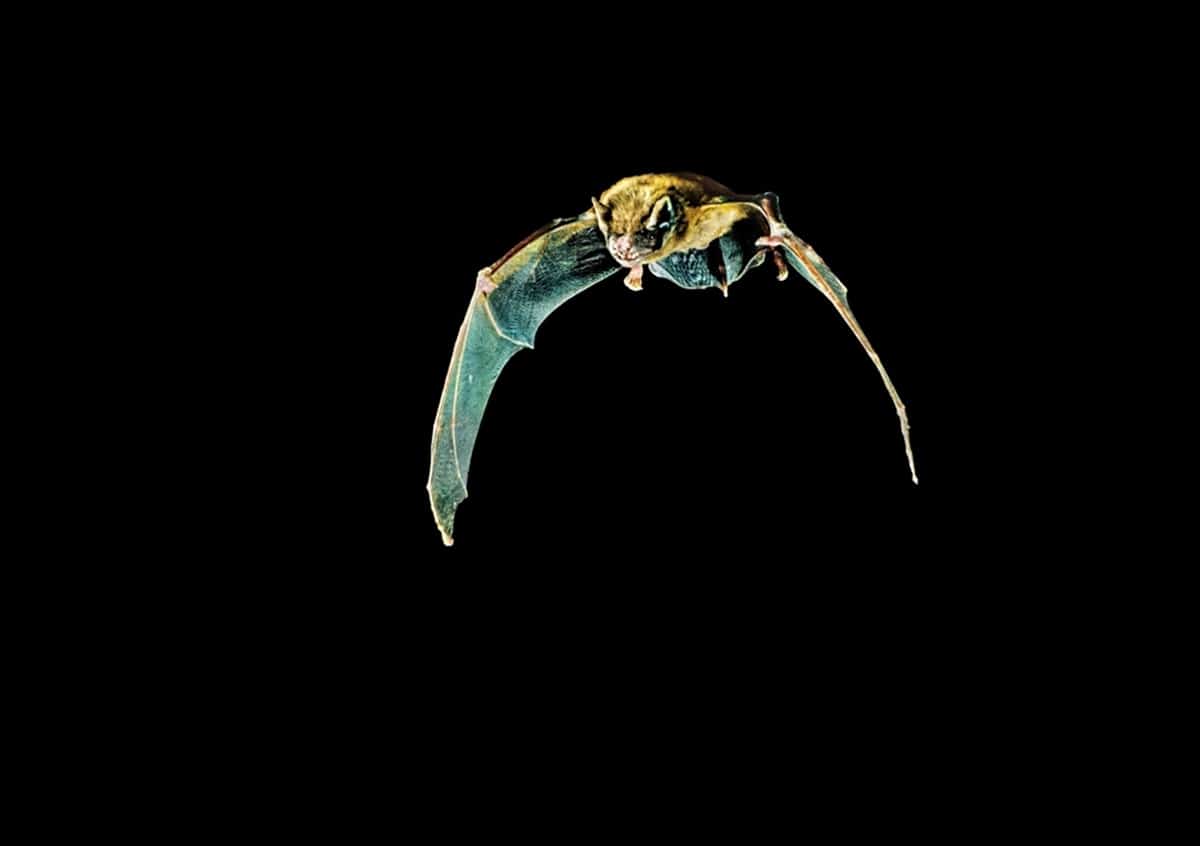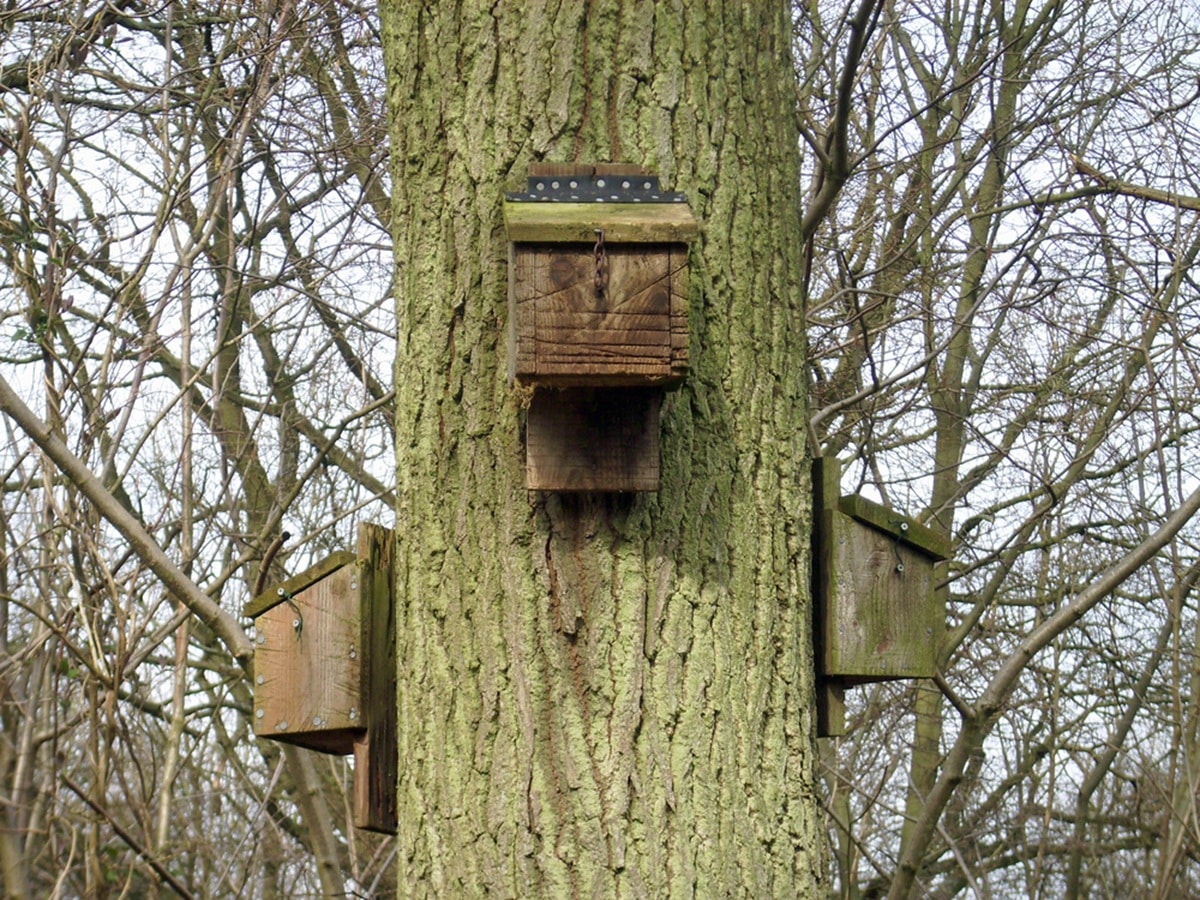Diverse ecology across Nottingham in the East Midlands
Nottingham is famous for its lace industry, Robin Hood legends, and mix of architecture from different eras. Alongside its cultural significance, this East Midlands city also plays host to a diverse urban ecology that includes a healthy bat population. With its historic buildings, green spaces like Wollaton Park and the Arboretum, and riverside corridors along the Trent and Leen, Nottingham provides the perfect combination of roosting and foraging habitats. Because of this, a bat survey in Nottingham is often a necessary part of planning applications and development projects, especially where older structures, woodland or watercourses are present.
Bats are highly sensitive to environmental change and rely on specific features for roosting, such as loft voids, roof spaces, trees with hollows, bridges, and even wall cavities or gaps behind tiles. These locations offer the warmth, darkness and safety bats need to rest and raise young. In urban environments like Nottingham, parks, gardens and tree-lined avenues act as commuting routes, linking roost sites with foraging grounds. As a result, even small-scale works such as roof repairs or tree felling can present a risk to bats, making professional surveys essential.
Legal Protection for Bats in England
Bats and their roosts are protected by law under the Wildlife and Countryside Act 1981 and the Conservation of Habitats and Species Regulations 2017. It is a criminal offence to disturb, injure, kill or capture a bat, or to damage or destroy a bat roost, regardless of whether bats are present at the time. For this reason, anyone involved in development, whether a homeowner replacing a roof or a developer converting a listed building, must ensure they do not breach this legislation. Local authorities such as Nottingham City Council may request bat surveys as part of the planning process where any risk to bats is identified.
If development works are likely to disturb bats or remove a roost, a European Protected Species Licence (EPSL) must be obtained from Natural England. This process requires expert ecological input to demonstrate that appropriate steps have been taken to minimise harm. Early engagement with experienced ecologists helps avoid delays and legal issues later in a project’s timeline.

Bat Conservation in Nottingham and the East Midlands
Nottingham has a strong network of bat conservation supporters, including organisations like the Bat Conservation Trust and local groups such as the Nottinghamshire Bat Group. These volunteers carry out surveys, provide educational outreach, and respond to calls to help injured or grounded bats. Their efforts contribute to national monitoring schemes and support the long-term survival of these protected species.
Bat species in Nottingham
A number of bat species are found in and around Nottingham, including the common and soprano pipistrelle, noctule, brown long-eared bat and Daubenton’s bat. These species favour different roosting habitats and foraging niches, and some are more adaptable to urban environments than others. Buildings near parkland, rivers or old woodland are particularly valuable, meaning developers in these areas must consider the possible ecological constraints before progressing with works.

What prompts a Bat Survey in Nottingham?
A bat survey in Nottingham may be required when a building, structure or tree has the potential to support roosting bats. This might be highlighted during a Preliminary Ecological Appraisal or identified by the planning authority. If bat presence or bat roosting potential is suspected, a Preliminary Roost Assessment will be needed.
Preliminary Roost Assessment
A Preliminary Roost Assessment (PRA) is the first stage in the bat survey process and is carried out by a licensed ecologist. This involves an internal and external inspection of the site and areas in close proximity to look for signs of bats, roosting features, bat droppings, staining, or suitable access points.
Bat Emergence and Re Entry Surveys
If there is evidence of bats or potential for roosting, follow up surveys may be needed. These bat activity surveys are called Bat Emergence and Re-Entry Surveys (BERS), and they take place in the summer months between May and September. Ecological consultants observe the building in question at dusk or dawn to identify bats emerging or returning to the roost, using specialist bat detectors and thermal imaging equipment. The bat detectors interpret bat calls to help identify bat species. These bat surveys are essential to confirm bat presence, assess species and bat populations, and determine any necessary mitigation. These bat surveys may indicate the need for further protected species surveys such as surveys for nesting birds or great crested newts.
The Bat Survey report
After all relevant bat surveys are completed, an ecological report is produced outlining the findings and any recommendations. Bat reports include a summary of bat activity, site photographs, maps, and a detailed assessment of ecological risk. If there is a likely absence of bats and the structure is considered to have low suitability, the report can help secure planning permission without delay. If bats are found or there is evidence of bats, the report will outline mitigation strategies and advise on licensing, where needed. This report is submitted to the local planning authority as part of the planning application to demonstrate compliance with wildlife legislation.

Mitigation Measures and Bat Licensing
Where a bat roost is identified, mitigation is often necessary to reduce or eliminate the impacts of proposed works. Mitigation measures might involve installing bat boxes as alternative roost sites, adapting work schedules to avoid sensitive seasons, or integrating bat-friendly design elements into new structures. If works will damage or destroy a roost, a European Protected Species Licence must be secured. Our consultants can manage this process on your behalf, preparing the necessary licence application, mitigation plans and method statements to ensure compliance and avoid delays.
Professional Bat Survey Services in Nottingham
Our ecology consultancy offers a comprehensive range of bat survey services in Nottingham and throughout the East Midlands. Whether you’re developing a residential site, altering a historic building, or managing woodland or riverside land, our team of licensed ecologists has many years experience and can provide expert guidance every step of the way. We work with planners, architects, developers and homeowners to ensure legal compliance while supporting conservation outcomes.
We pride ourselves on delivering efficient, cost-effective surveys tailored to the needs of your development projects. Our deep knowledge of Nottingham’s planning context and ecology enables us to offer solutions that align with local authority expectations and national legislation.
Get in Touch for a Quote for Your Bat Survey in Nottingham
If your project may affect bats or their habitat, contact us today for a free quote for your bat survey in Nottingham. Simply send us details of your site and proposed works, and we’ll provide same day, expert advice on the surveys you need and a quote with no hidden fees. If a bat survey is required, we will arrange this at a suitable time and support you throughout the planning process.
By working with experienced ecological professionals, you can ensure your planning application runs smoothly while contributing to the protection of one of the UK’s most legally protected species.
